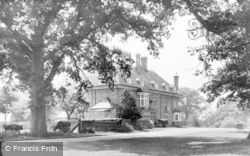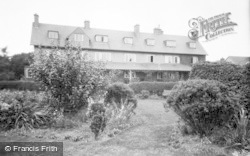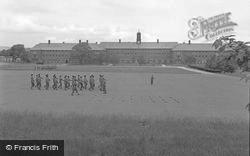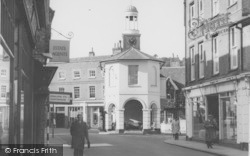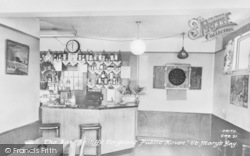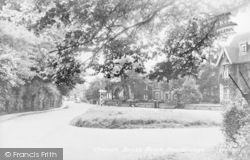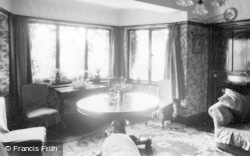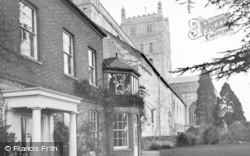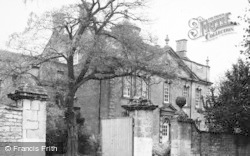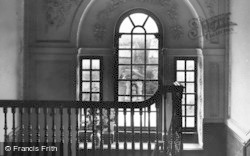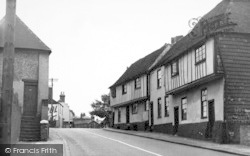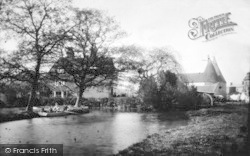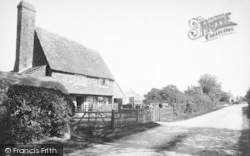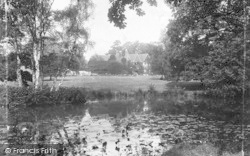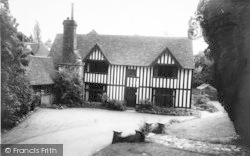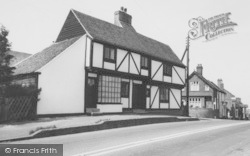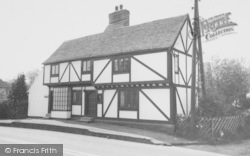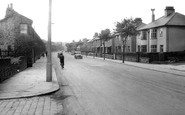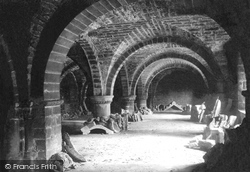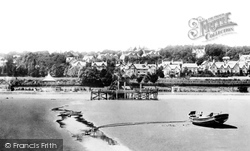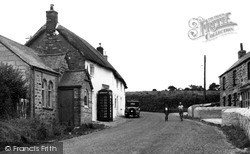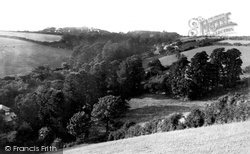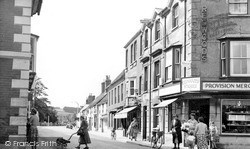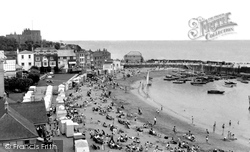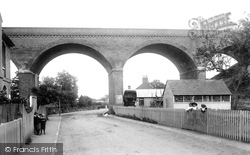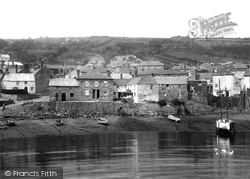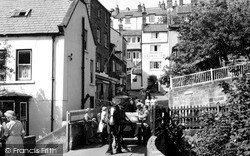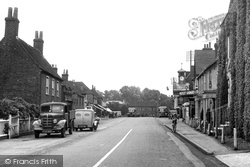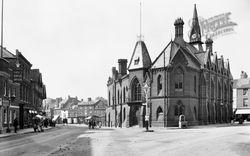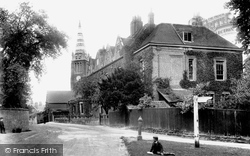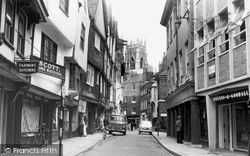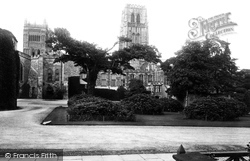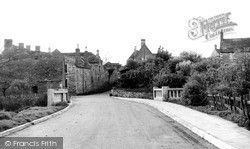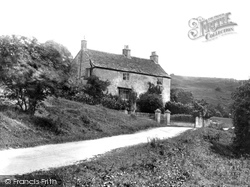Places
36 places found.
Those places high-lighted have photos. All locations may have maps, books and memories.
- Chatsworth House, Derbyshire
- Osborne House, Isle of Wight
- Brambletye House, Sussex
- Ickworth House, Suffolk
- Kingston Lacy House, Dorset
- Boscobel House, Shropshire
- Preshute House, Wiltshire
- Bolton Houses, Lancashire
- Brick Houses, Yorkshire
- Quaking Houses, Durham
- Water Houses, Yorkshire
- Bottom House, Staffordshire
- New House, Kent
- Mite Houses, Cumbria
- Lyneham House, Devon
- Church Houses, Yorkshire
- Dye House, Northumberland
- Spittal Houses, Yorkshire
- Street Houses, Yorkshire
- Tow House, Northumberland
- Halfway House, Shropshire
- Halfway Houses, Kent
- High Houses, Essex
- Flush House, Yorkshire
- White House, Suffolk
- Wood House, Lancashire
- Bank Houses, Lancashire
- Lower House, Cheshire
- Marsh Houses, Lancashire
- Chapel House, Lancashire
- Close House, Durham
- Guard House, Yorkshire
- Hundle Houses, Lincolnshire
- Hundred House, Powys
- Thorley Houses, Hertfordshire
- School House, Dorset
Photos
6,747 photos found. Showing results 2,081 to 2,100.
Maps
370 maps found.
Books
Sorry, no books were found that related to your search.
Memories
10,362 memories found. Showing results 1,041 to 1,050.
Northolt Memories
I was born at Perivale hospital in 1964 and grew up in Carr Road. I am one of the Tweedy family that Toni mentioned .....Hi Toni (keep in touch). I lived there with my parents Dora and Andrew, both now 81 years young.... and ...Read more
A memory of Northolt by
Personal Memories
My father was born in Alexandra Street in 1921 in the house owned by my great aunt Miss Ida Thomas who was a school mistress, my grandparents lived in Letchworth Road and my father's sister, Kathleen Jones, who was also a ...Read more
A memory of Ebbw Vale in 1958 by
My Childhood In Merllyn Cyffylliog
My parents lived in Merllyn from 1947 till 1996 when they had to leave. An idyllic childgood with many characters about....Dic Dun who wnadered about and slept in hedges, a fascination to a child. Will Tom ...Read more
A memory of Cyffylliog in 1956
Cherished Memories
I can remember taking part in the Easter Parades, hundreds of children would walk or ride on the beautifully decorated floats, we would walks round Tupton on Ankerbold Road, Station Road on towards the Royal Oak up Ashover ...Read more
A memory of Old Tupton by
Memories Of Aylesbury During The 60s And 70s
I was born in Buckingham Road in 1962 and lived in the same house (no.225) until I left for North Wales in 1985. I have many happy memories of living there, going to the Primary and Junior schools in ...Read more
A memory of Aylesbury by
Home Again
Here I am again, 11 years later only this time with my wife, to show her where I came from. The lady that now owns the bungalow where I was born very kindly let us have a look inside the house, which has changed so much since the ...Read more
A memory of Weybread in 2010 by
My First School Alby Hill 1944
My mother and her mother were born in my great-grandparents' cottage at Hanworth Common. Richard and Blanche Craske they were. Well dear old Richard was really my step great grandad. The true one was ...Read more
A memory of Aldborough in 1944 by
Burgh Heath Sugar Bowl
I remember the Sugar Bowl very well as I used to swim there. I was a boarder at Red House School further down the Brighton Road, does anyone remember that? Best days of my life (another story), Walton on the Hill for ...Read more
A memory of Burgh Heath in 1960 by
Stacksteads Boyhood.
My family moved from Haslingden to Newchurch Road in 1950 opposite the Farhome Tavern. As an eight year old I attended Western Junior School until 1953 leaving to attend Blackthorn Secondary Modern until June 1957 when our ...Read more
A memory of Stacksteads in 1950 by
Lampits Hill
I was born June 1953 in the white bungalow just to the right of the woman in the photo. It was called "Meadway" and my parents moved there in 1950 when there was just fields opposite where the houses can be seen. My sister still ...Read more
A memory of Corringham by
Your search returned a large number of results. Please try to refine your search further.
Captions
6,914 captions found. Showing results 2,497 to 2,520.
The undercroft on the west side of the cloister garden comprises the two vaulted aisles that once formed the abbot's cellars; above this was the guest-house.
The tearooms are to the left of the picture, with the bandstand to their right and Clare House Pier in the centre.
Here at the top end of the hamlet, the nearest end of the thatched house is the post office, with a telephone kiosk outside. The very small village hall is on the left.
Trenarren hamlet is in the far distance, and the mill house at Hallane is on the extreme left.
By 1955 the horse and cart have made way for the car, the street lamps have appeared, but the shops and everything else have changed very little in West Street.
The Wheatsheaf Public House on the left is now a jewellers shop, and Matthews, the Gillingham brewery, closed down soon after this picture was taken.
On the left is Bleak House, now castellated, and on the right the pier and little harbour. Broadstairs retains its Dickens association with its annual Dickens Festival.
On the extreme left is Peel House, built in 1851 and once the police station.
Although some houses have been altered, this view is recognisable today.
This uninterrupted view out over the lower Gannel estuary and the golden sands and dunes of Crantock confirms why Pentire became popular in the early days of housing development on the western outskirts
Liphook had begun to expand by the time this photograph was taken; its streets were characterised by neat rows of Victorian and Edwardian houses.
We can see the steepness of the streets by comparing the level of the Laurel Inn with the houses rising up behind.
Standing out in the distant centre is an attractive house where beer was once sold. It is situated at a crossroads, with Winchester Road on the left and Church Lane on the right.
When this picture was taken much of the town was fairly new, having been built over the previous thirty years or so to meet the demand for housing from Stockport and Manchester-based business people wishing
By this date, the Fire Brigade were also housed here and operated a steam powered fire engine.
In this they were aided by Port Isaac's maze of narrow streets, or 'drangs', in which they could run the excise men ragged, communicating by a series of coded knocks on the walls of adjoining houses.
The King's House dates from 1640, though it has been much restored. The old hunting forest was surrendered by Queen Victoria, so that more people could enjoy its delights.
Note the overhanging eaves of the shops and houses, characteristic of the medieval street lay-out of York which is still unchanged today.
The building we see between the trees is the refectory, later known as the old library, where a number of relics recovered from St Cuthbert's coffin in 1827 are housed.
With houses crowded together, yards like this were not uncommon in Cambridge.
Several 18th-century stone facades are apparent in these pictures, and some of the other old houses are disguised by contemporary shop fronts.
The stone houses beyond cluster together as the lane goes uphill. This part of the village is separated from the rest by the stream.
The bungalows along Church Road are fairly representative of the kind of housing to be seen in Laindon before the New Town came. Several of them are still there.
The cottage is celebrated as the house where Mrs Craik wrote John Halifax, Gentleman in 1856.
Places (80)
Photos (6747)
Memories (10362)
Books (0)
Maps (370)



